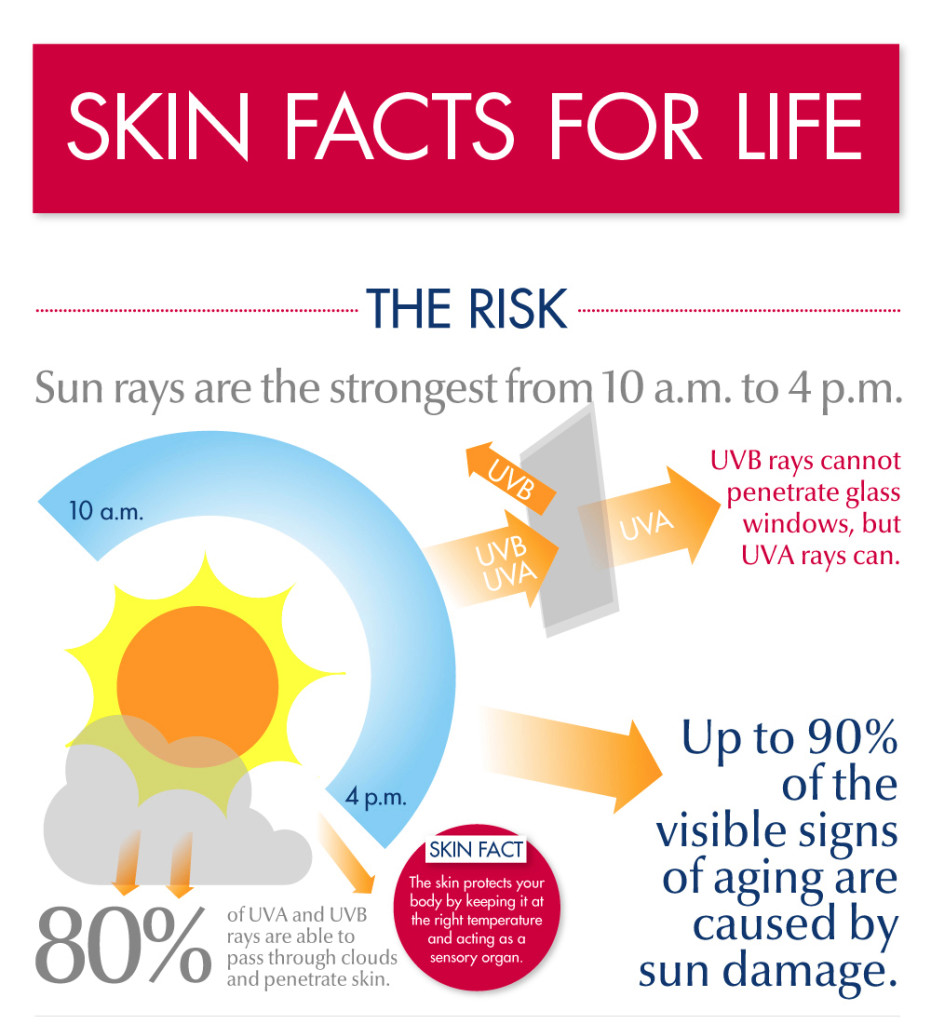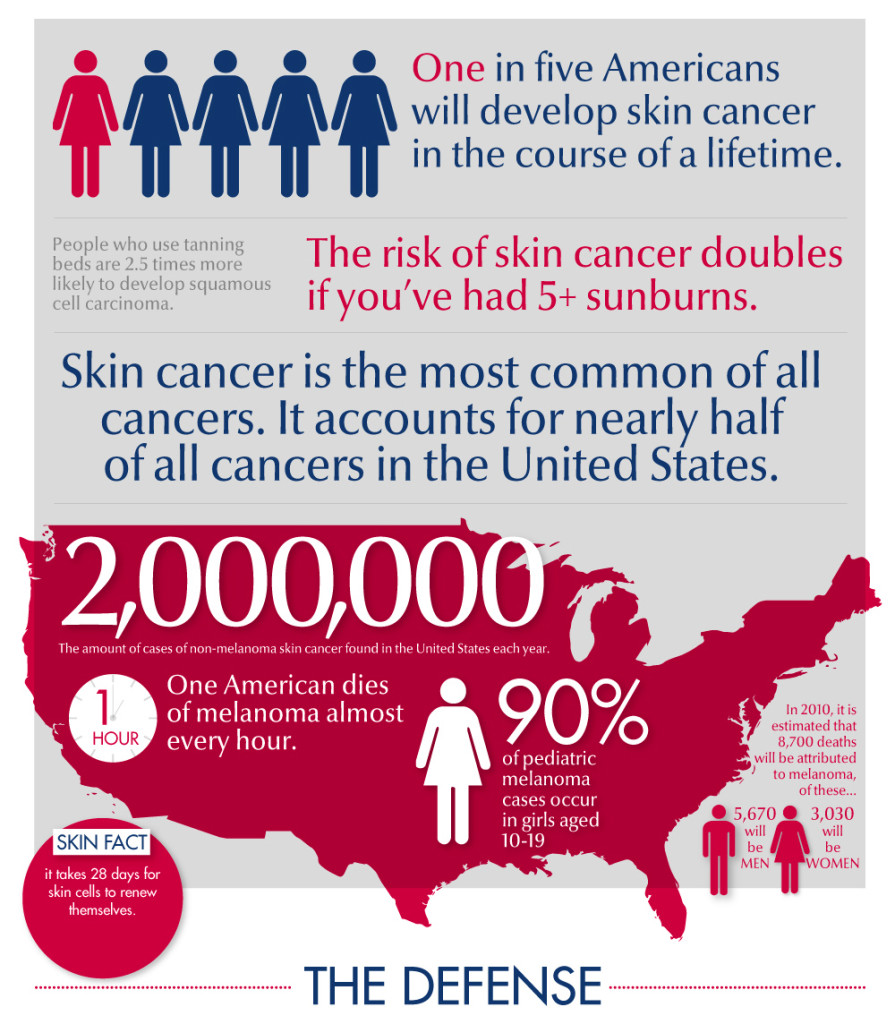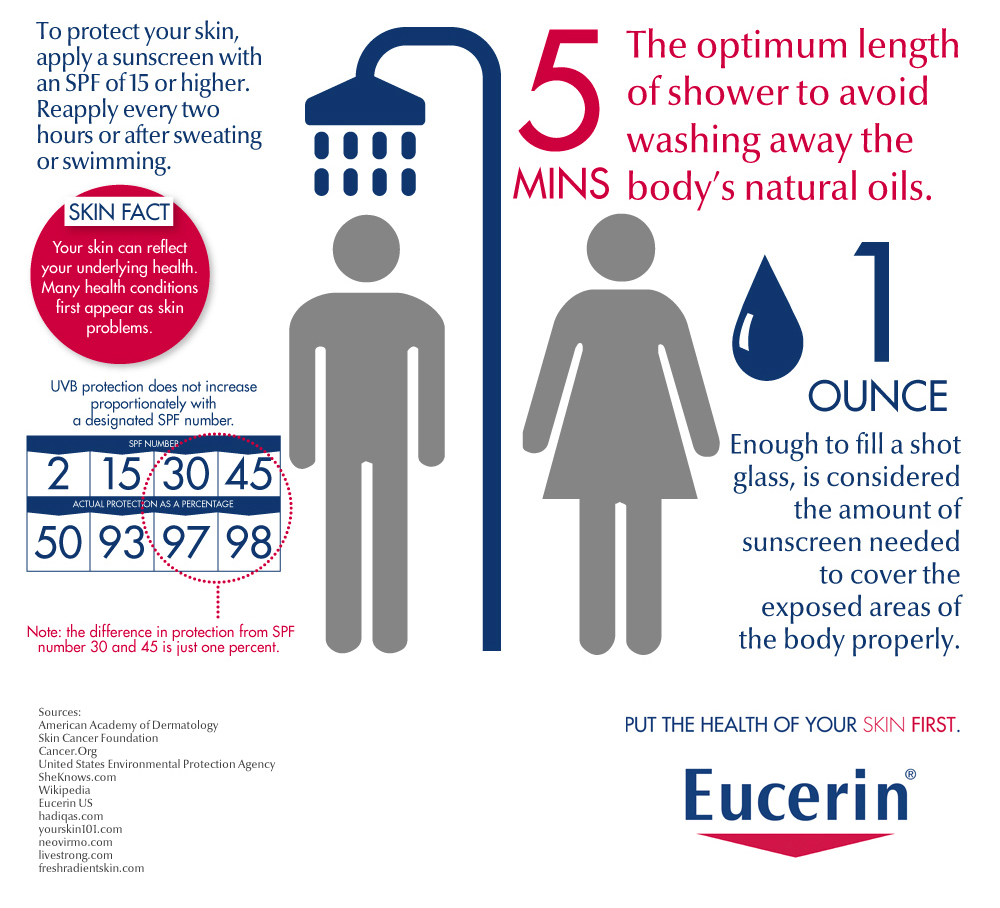RECOIL OFFGRID Preparation Infographic: Sunburn, Sunscreen, and SPF
The sun is an incredible force of nature — its heat, light, and gravitational pull make life on this planet possible. Without the sun, there'd be no plant life, no animal life, and certainly no human life on Earth. However, the sheer power of this celestial body also has some unfortunate consequences. The sun generates ultraviolet (UV) radiation that has the potential to damage our skin cells, leading to painful redness, peeling, blisters, and even cancer.
Those of us with fair or sensitive skin know the excruciating pain of a sunburn all too well. For some, being out in direct sunlight for a mere 30 minutes can lead to a visible sunburn. Other skin tones may be more resilient, but if you're outdoors for an extended period, it catches up with most of us eventually. Under normal circumstances, a severe sunburn is uncomfortable and annoying; during a survival situation, this condition can be crippling.
Sunscreen is the obvious choice for preventing sunburns, but there are many misconceptions regarding its use. For example, you're probably not applying as much sunscreen as you should; studies show that it takes the equivalent of a shot glass full of it to protect your entire body. You also might think that the SPF (Sun Protection Factor) scale is simple enough, but it's actually not as straightforward as it appears. A sunscreen with SPF 30 is not twice as effective as SPF 15 — the former blocks 97% of UVB rays, while the latter blocks 93%.

The following infographic from the Cleveland Clinic gives some basic tips on “sunscreen smarts”:
Here's another useful infographic from sunscreen producer Eucerin. It provides some statistics to reinforce the importance of protecting your skin.



 STAY SAFE: Download a Free copy of the OFFGRID Outbreak Issue
STAY SAFE: Download a Free copy of the OFFGRID Outbreak Issue
No Comments